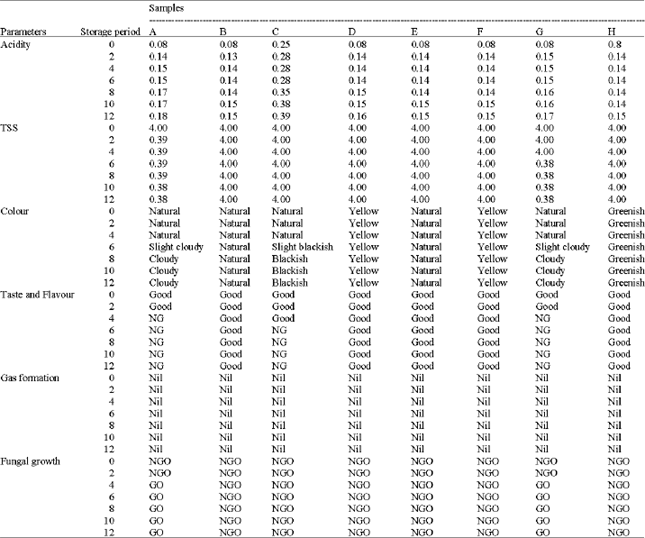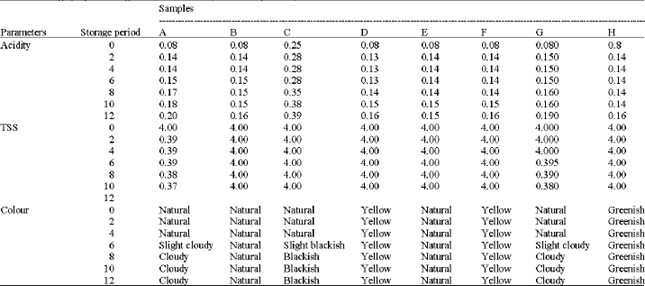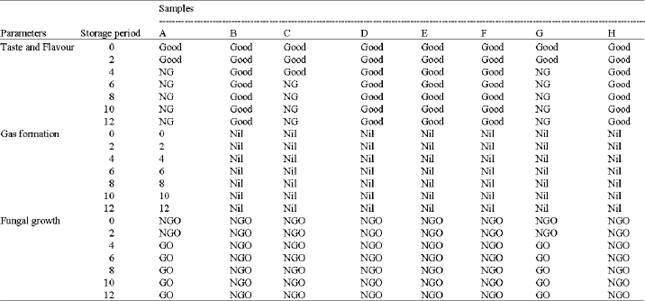Research Article
Development of Shelf-stable Ready-to-serve Green Coconut Water
Consumer testing Service, SGS, Bangladesh LTD.
M.G. Aziz
Bangladesh Agriculture University, Bangladesh
M.B. Uddin
Department of Food Science and Rural Industries, Bangladesh Agriculture University, Bangladesh















